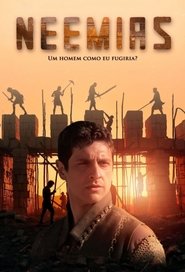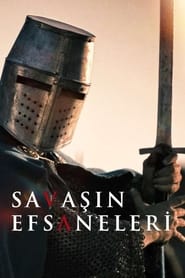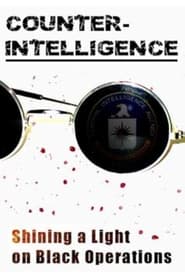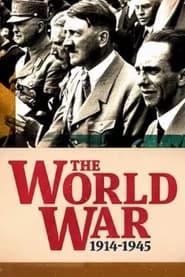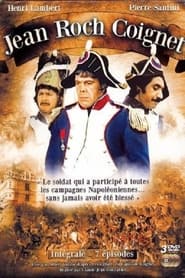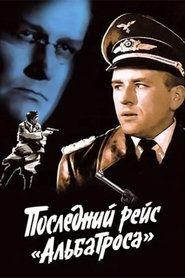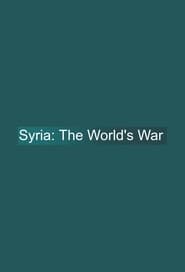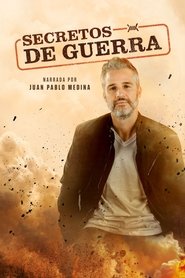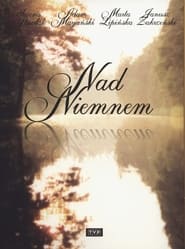War Politics TV Series - Page 104
-
39-45 en sol canadien
2021
Claude Legault heads to places infused with memories, wonderful reminders of the country's unsung role during World War II, to gather touching, human and often unimaginable stories about Canada's participation and the people who lived through it. -
Neemias
2024
Neemias
2024
-
Jurus Halilintar
2004
-
第五空间
2010
第五空间
2010
-
Savaşın Efsaneleri
2019
-
Counter-Intelligence
2013
Counter-Intelligence
2013
A five-part documentary series that examines in-depth the influence of espionage agencies on governments and societies, both domestically and abroad. -
The World War: 1914-1945
2022
star 2An original and dramatic series that views the most violent and significant episodes in modern history from a fresh perspective – not as two world wars, but as a continuous narrative of error, ambition, revolution and courage. An expert re-examination of history forms links and conclusions that tie the entire war period together and, with the benefit of hindsight, pieces together how the world went and stayed at war for so much of the 20th century. -
Under a Deluge of Bullets
2006
In Crimea, Ukraine, in 1942, the tide of war seems to be turning, and the Red Army, which had been on the verge of defeat, is gradually gaining ground against the Wehrmacht, which is now in retreat. Then a lieutenant who has escaped from German forced labor, and who according to Stalin's orders should be shot as a traitor, reports on a German secret weapon located close to the front line. A special commando unit, consisting of comrades of the condemned man, investigates and finds children believed to be dead. -
Sám vojak v poli
1964
Sám vojak v poli
1964
-
Secrets of the Third Reich
2014
star 5Little-known events that played a large role in determining the outcome of World War II are revealed in this documentary series. -
The Activists
2019
The Activists
2019
The Activists follows the years from 1899 to 1906 when Finland as an independent nation started to form. At the center stage are young restless souls who operate against the backdrop of the phenomena of the time: deep social divisions, political intrigue, fierce proclamations and people’s movements that get out of control. Activists portrays what happens when people lose faith in society’s capability to deal with conflict. -
银翼战刃
2022
-
Brama Kumbara
2013
-
Jean-Roch Coignet
1969
Jean-Roch Coignet
1969
-
The Last Flight of the 'Albatross'
1971
A film novella about a Soviet spy, a pilot of the 'Condor' Legion, connected to the testing of the jet 'Swallow' by Willy Messerschmitt – the Me-262 (in the film, the 'Albatross') – and the disruption of a promising project during the Great Patriotic War. -
The Prisoner
2024
The Prisoner
2024
General Ismail's military record, which is filled with top-secret information, raises concerns about him, so years after his death is announced, a secret organization sends someone to try and look into his history. -
Syria: The World's War
2018
Lyse Doucet tells the story of the Syrian war through extraordinary testimony from those who have lived through it on the ground as well as politicians who tried to shape events. -
Secrets of War
2020
Secrets of War
2020
star 6.4What happened in Latin America during World War II? With narrative agility and historical rigor, we go through the different moments of the war on four thematics: espionage, diplomacy, economy and action on the battlefront. Classified information and stories never told until today allow us to understand how Latin countries lived through the years of armed conflict. -
On the Neman
1988
On the Neman
1988
star 7.5An adaptation of Eliza Orzeszkowa’s novel. Set in 1886 in Lithuania, the story centers on the conflict between the Bohatyrowicz family and the Korczyn estate. Against a backdrop of social and familial tensions unfolds the love story of Justyna Orzelska (Iwona Katarzyna Pawlak), niece of Benedykt Korczyński, and Jan Bohatyrowicz (Adam Marjański). Will their love prove strong enough to overcome the deep mental divide separating the world of the Bohatyrowiczs from that of the Korczyńskis? -
Juger Pétain
2015

